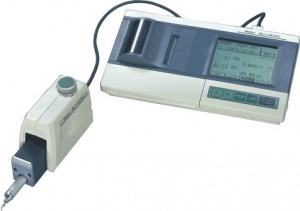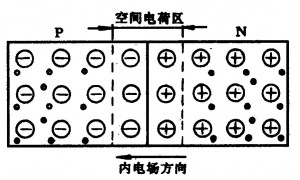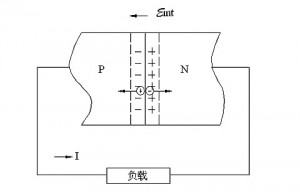Some people suggest that the temperature span should be larger than 50 degrees when measure the PN junction temperature by using voltage method. The voltage-temperature relation will be linear in normal working temperature range of LED Lights, it is useless. The room temperature is 25 degree. According to the suggestion mentioned above, next measuring temperature be around 75 degree. However, the upper limit of the normal working temperature of LED PN junction is 70 degree. Is there any reason for us to measure the voltage-temperature factor in 75 degree: a cannot-be-reached temperature under normal use? It is impossible for a LED manufacturer to build a very sophisticated temperature-controlled lab. Thermostatic equipments can only keep the temperature within a range. It is also impossible to obtain accurate measuring results by using them.
However, if we are unable to fix the surrounding temperature, we can obtain accurate voltage-temperature factors through the relative temperature derivative, and consequently working temperature of LED PN junction. Firstly, we need to record the room temperature, namely the pre-working PN junction temperature. This temperature can be treated as the initial junction temperature corresponding to the initial voltage. Secondly, apply a voltage on both sides of LED Products, wait until the entire PN junction working in a stable condition, then read the voltage value. In accordance with measured voltage and the predefined voltage-temperature factor, we can calculate the increase value. Add this value together with the room temperature measured previously, then we have the final LED PN junction temperature, which is quite closed to the real value. Overall, voltage method is much more precise than thermal image method.
Formulas for thermal resistance method given as followed:
Rθ = (Tj-Tc)/P
Rθ is the thermal resistance of PN junction. Tc is the package temperature. P is the power consumption. Rθ andTc are fixed values given by the production specification. Once we know them, we can calculate the LED PN junction temperature Tj through this formula. There is another problem, how can LED chip manufacturers measure thermal resistances? They need to know junction temperature at first! In fact, this method is not used to calculate PN junction temperature. On the contrary, it is used to calculate thermal resistance though junction temperature. Most LED High Bay manufacturers still use voltage method to measure junction temperature.





